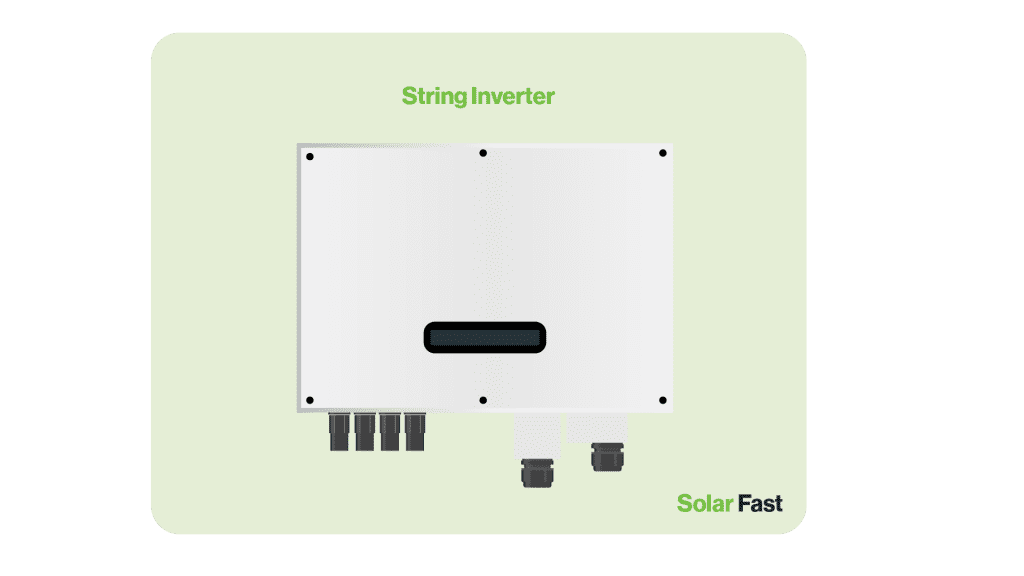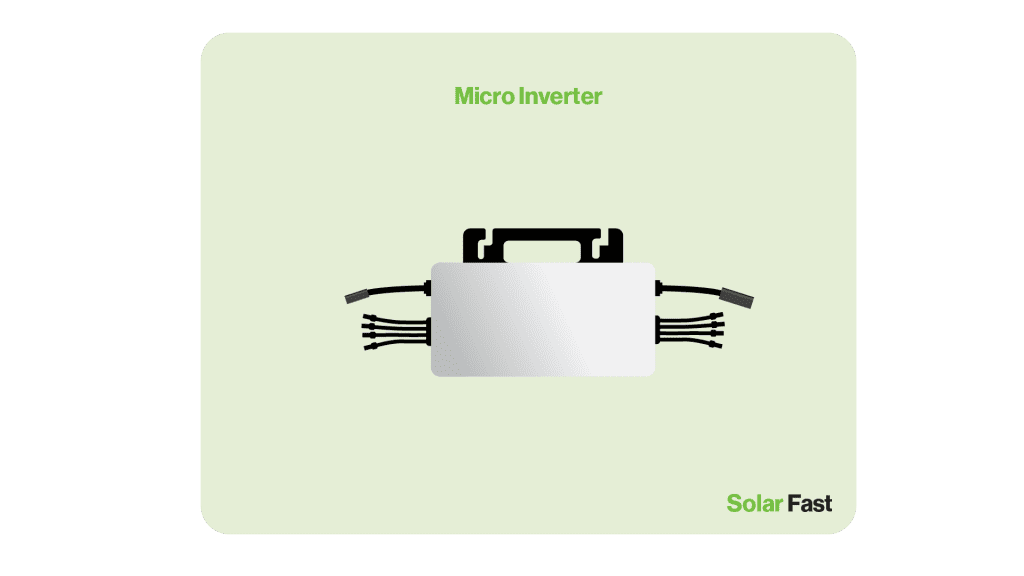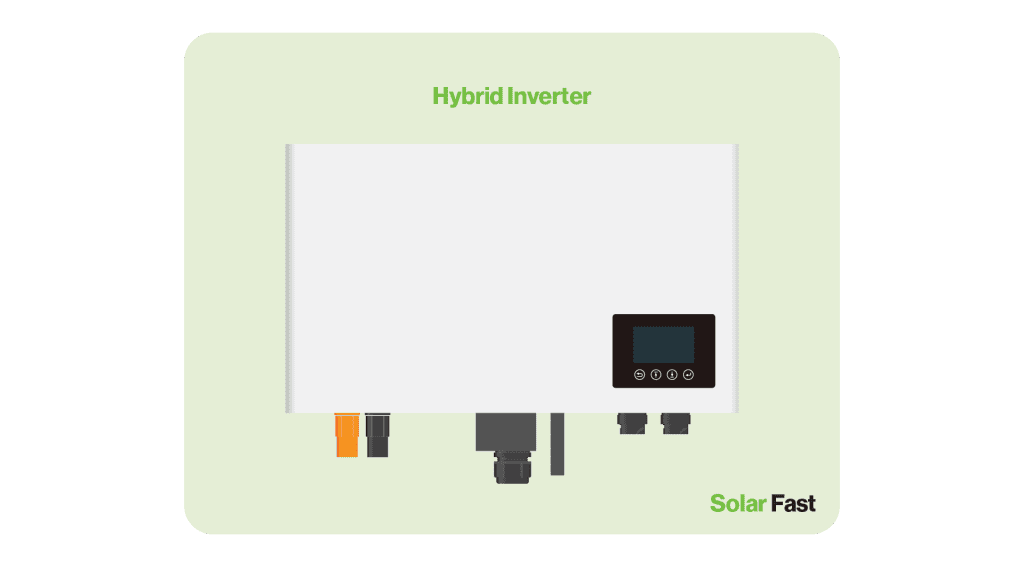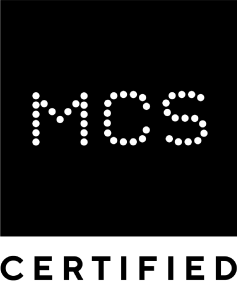The most expensive part of a solar system is the panels themselves but the PV inverter usually comes in a close second.
Inverters are an essential part of a solar power system with most systems opting for a hybrid version.
In this blog we hope to give you an idea of what they do but, more importantly, how much you should expect to pay for one.
What does a Solar Inverter actually do?
In a nutshell, an inverter converts a current from direct current (DC), to alternate current (AC).
AC is what is used by most household appliances and that’s what we get from the national grid here in the UK.
Solar panels produce DC electricity so we need an inverter between those and your power supply.
Inverters usually manage to convert between 93% and 96% of the DC electricity to AC. As the tech improves, we are seeing higher conversion rates.
Obviously, the higher the efficiency, the more expensive the inverter.
Before replacing an inverter in your system, be sure to read the original installer’s terms and conditions as you may void your warranty fitting the wrong one.
Learn more about inverters in the video below by our lead technician Chris Sparkes.
What are the different types of Solar inverters and what do they cost?
Your system, budget and personal preference can dictate what inverter you use, but it’s almost always best to go with the one the installer recommends.
String Inverters
String inverters are the most common in solar energy systems as they are the most cost effective and, while they aren’t as efficient as some other kinds of inverter, they are very reliable, can handle 5 – 10 panels at once and are cheaper to replace.
The reason string inverters aren’t quite as efficient as they could be is because they only perform as well as the best performing panel in your array. So, if a panel is dirty, shaded or damaged, it can pull down the overall power of your system.
If you are looking to replace the string inverter in your system then prices range from £500 – £3000.

Micro Inverters
Micro inverters are a very efficient and, therefore, very expensive way to convert your panel’s DC into AC electricity.
The reason they are so efficient is because each individual panel has its own micro inverter. If a panel is faulty, it doesn’t bring down the power output of the whole array.
So, micro inverters seem like a great idea until you have a 20 panel array and the cost starts to become prohibitive.
Micro inverters can cost around £200 each, which is cheap if you have a tiny array but could add up to many thousands to cover a typical domestic solar system.

Hybrid Inverters
Hybrids are what most domestic systems will use to convert the DC to AC.
They contain a string inverter and a voltage converter – the string inverter converts the DC from your panels to AC for your power and the converter feeds DC electricity into the battery to keep it charged.
A replacement mid range hybrid inverter is going to set you back somewhere between £1200 and £4500.

Learn more about the best solar inverters.
Maintenance of Inverters
This is the easiest part of having an inverter, they need barely any maintenance.
Your installer should provide you with a monitoring contract to keep an eye on your system. Most reputable companies will do this remotely and will usually getting in touch with you if they spot any problems.
Usually the provider will be able to fix any problems without even visiting your home as modern Inverters are all digital.
You can keep an eye on the control panel as that will also flag up any problems and you may be able to fix simple things by following your provider’s troubleshooting guide.
DO NOT try to open the unit as not only will this void your warranty it is also extremely dangerous.
What causes solar inverters to break?
Not a lot has to be said.
As modern inverters have digital components they are very robust indeed and can only really be damaged physically.
But, could, in very rare cases, be damaged by a power surge or a heavy load.







